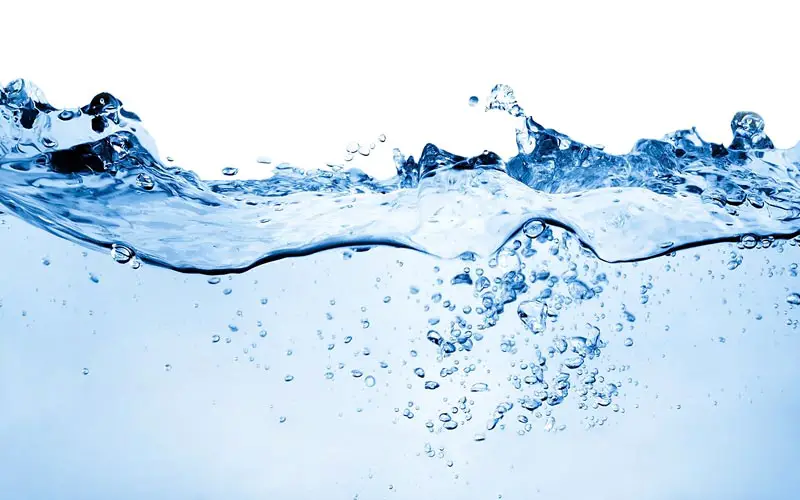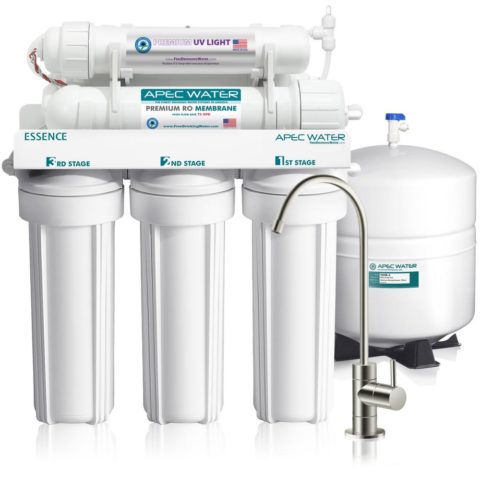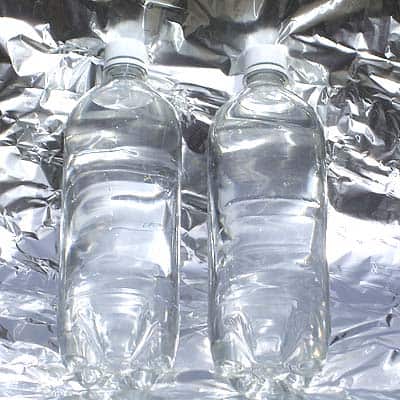
Purifying water to make it drinkable means eliminating waste and organisms that are harmful to health: bacteria, parasites, fungi, viruses, and impurities. There are several methods to purify water, some of which can be developed at home. Having a water purification system at home is a way to save money by not buying bottled water and taking care of the environment. In this article, we will see some methods on how to purify water at home for drinking, from filters and methods used for centuries with the use of totally natural chemicals.
Disinfecting drinking water with filtration systems.
Water filtration based methods are widely used worldwide and very effective. These methods are based on placing a filter through which we can separate the microorganisms that can be found in the water. They are durable, simple and effective methods. The filters used must be changed from time to time and can be made of different materials: ceramic, activated carbon, cloth or sand.
Filtration systems to purify the water to drink at home.
Ceramic filter.
They have a very fine pore, although it can develop microorganisms on it, while the activated carbon can eliminate chlorine, bad smell, and unpleasant flavors.
Filter cartridges.
They consist of the installation of a filter holder in the water outlet and one or several filters in the path. The installation is done by simple fixing and maintenance is simple, you just have to change the filters when they are saturated. These systems can be installed directly in the tap (must be changed for 3 to 6 months) or under the sink. Filtration systems under the sink have many advantages since they work continuously, without noise and connect directly to the water outlet pipe.
Filter jugs.
This jug has a capacity between two and five liters. If we use this method, it is convenient to change the filters monthly and clean the inside of the jar with water without impurities.
Osmotizers.

They are the most effective systems since they manage to eliminate 99% of bacteria, viruses and other harmful elements. The process is to separate harmful substances by pressure against a semipermeable porous membrane. However, its major drawback is that it can remove mineral salts from the water and maintain the lime content so that the water can be subsequently remineralized. The osmotic is assembled from a kit in the sink. The maintenance of the system consists of changing the membrane every two years and the filters annually.
How to purify water at home by boiling?
Boiling water to purify it for drinking is the most traditional and ancient way of doing it. By boiling the water for 15 or 30 minutes, it is possible to eliminate almost entirely the microorganisms that can live in the water, although there are microorganisms that even resist temperatures of 120ºC. After boiling the water, let it cool for a while before pouring it into the bottle (especially if it is glass, as it can explode due to the high temperature). However, one of the drawbacks of this method is losing a high concentration of mineral salts due to the evaporation of water.
How to purify tap water with the sun.

Ultraviolet radiation or UV rays can eliminate microorganisms because they directly affect their DNA, causing mutations that cause their death or preventing them from reproducing and infecting. Therefore, it is a method that takes place in nature. For example, when rivers have drinking water, it is thanks to this natural process. This method of exposure to UV rays for purification can also be used at home. You just have to put the water in a transparent container with a lid and leave it all day in the sun, at night or the next day you can already drink.
Water treatment with natural chemicals.
Two of the most effective chemical elements when purifying water are chlorine and iodine. Currently, chlorine dioxide and / or iodine tablets are available on the market to purify water. The method is simple, you just have to fill a bowl of water and add a tablet. This tablet will take effect in a period between 30 minutes and 4 hours, depending on the amount of water, leaving the water completely potable. An amount of chlorine can also be added to the water, usually no more than three drops per liter. Although it is advisable to let the water rest for at least an hour after applying this method.

